Digital Microwave Radio System: Analysis, Configuration, and Solutions
VerifiedAdded on 2022/11/17
|6
|285
|20
Report
AI Summary
This report delves into the analysis of a digital microwave radio system operating in the 18GHz radio frequency band, with a focus on its configuration and performance. The assignment includes a calculation of the nominal Receive Signal Level (RSL) at the receiver input under free space conditions. Furthermore, the report explores the purpose and functionality of passive repeaters within the microwave transmission system, highlighting their role in signal redirection, cost reduction, and environmental benefits. The report references relevant literature to support the analysis and provides a comprehensive overview of the system's components and their interactions. The report is a valuable resource for students studying electrical engineering, providing insights into microwave communication systems.
1 out of 6
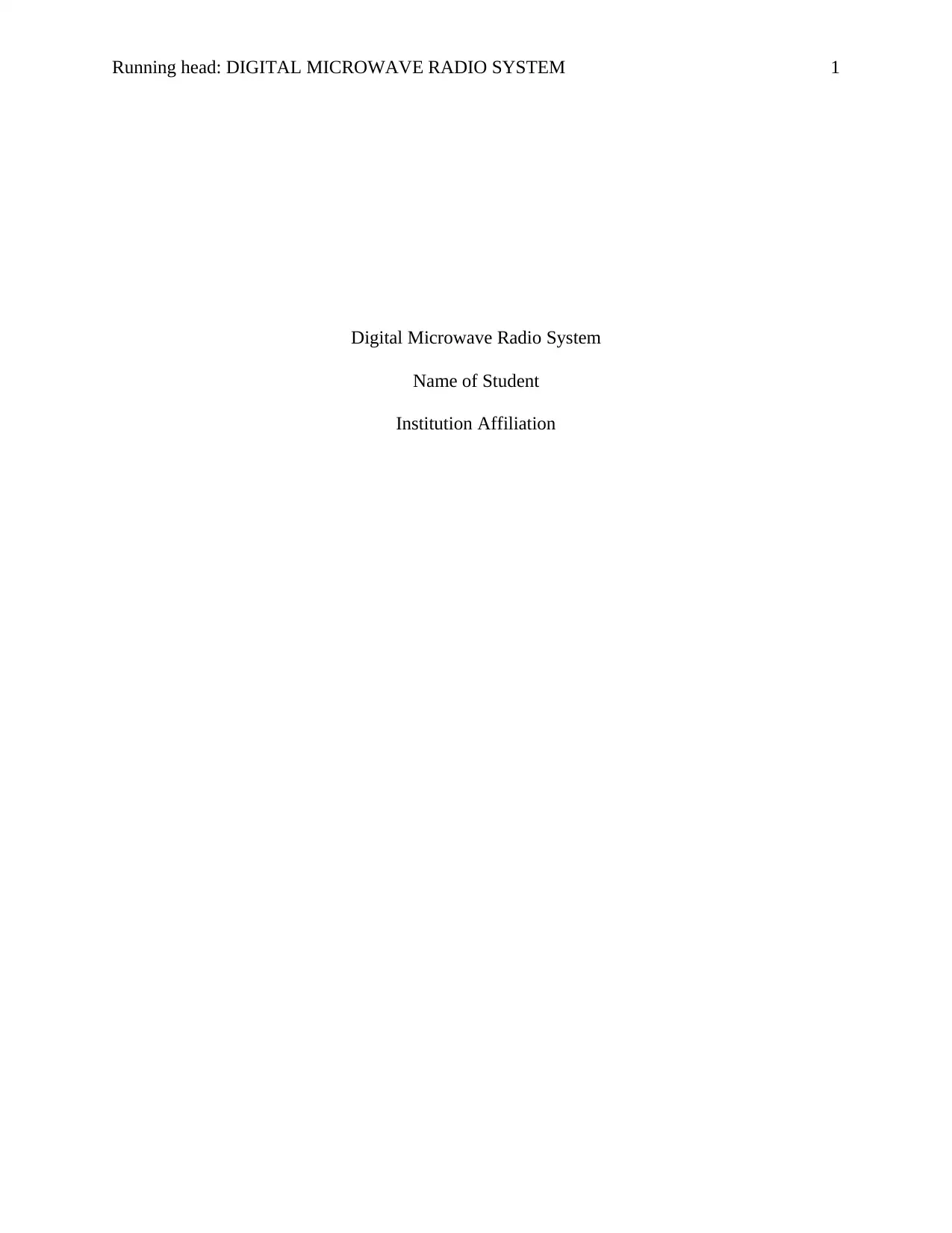
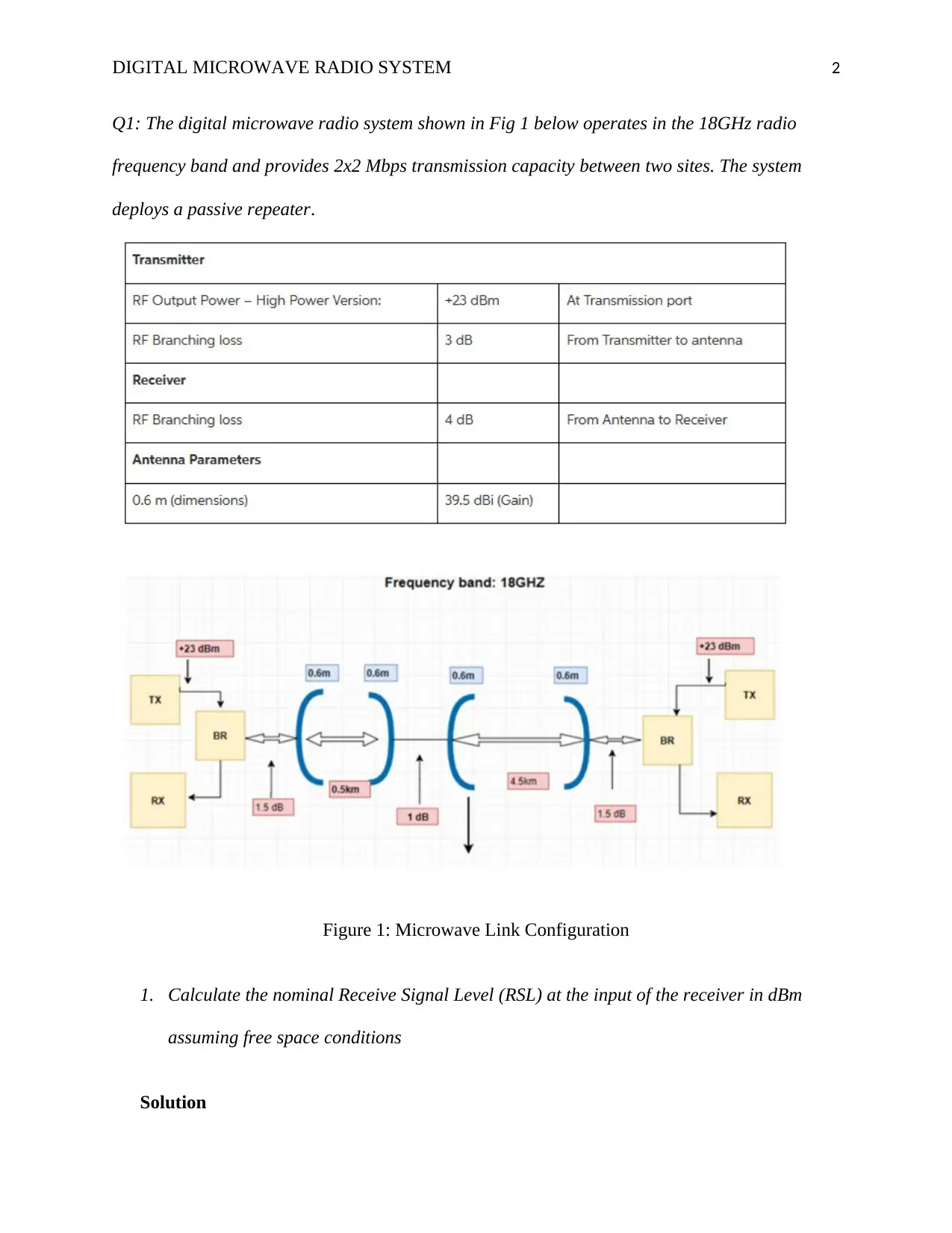
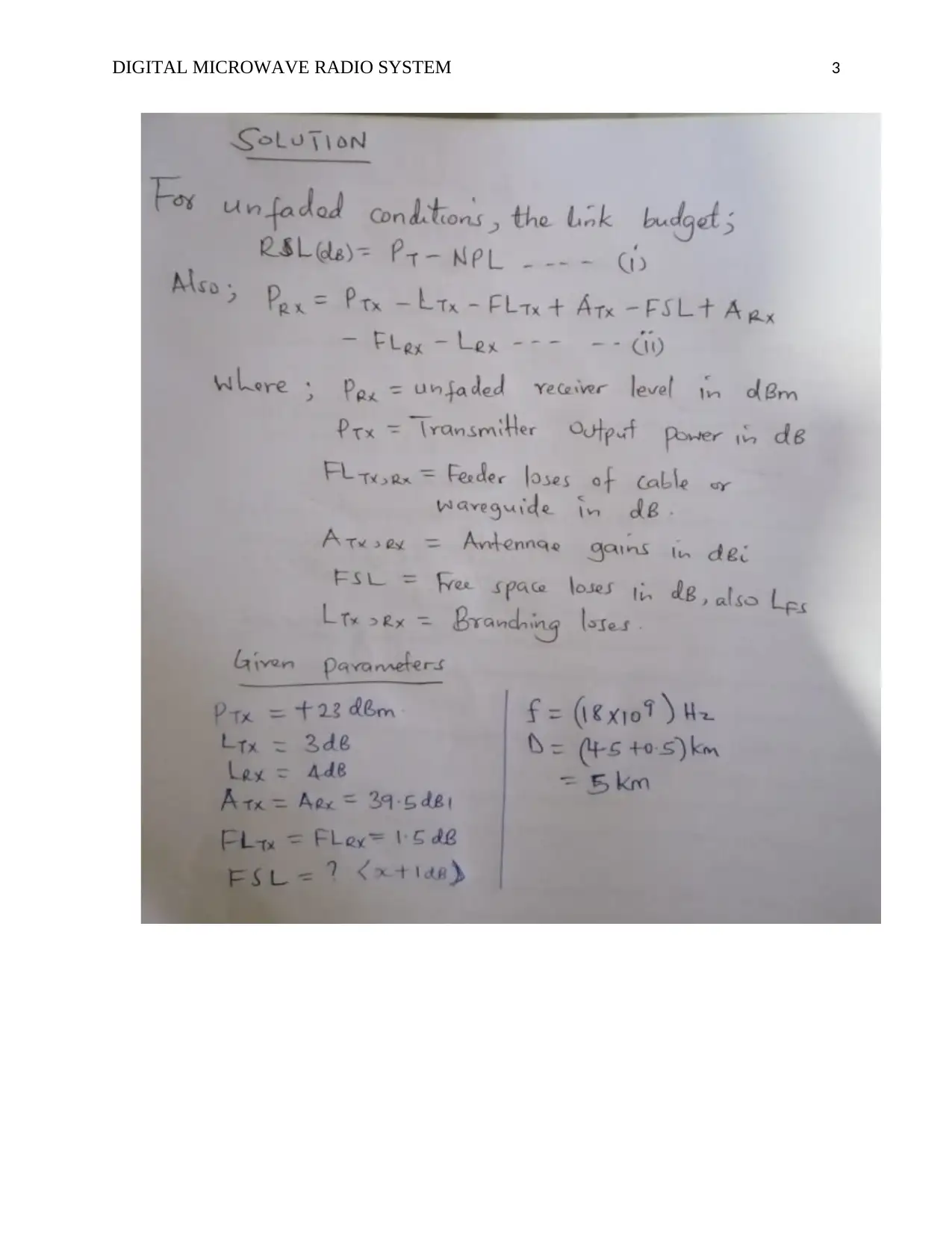
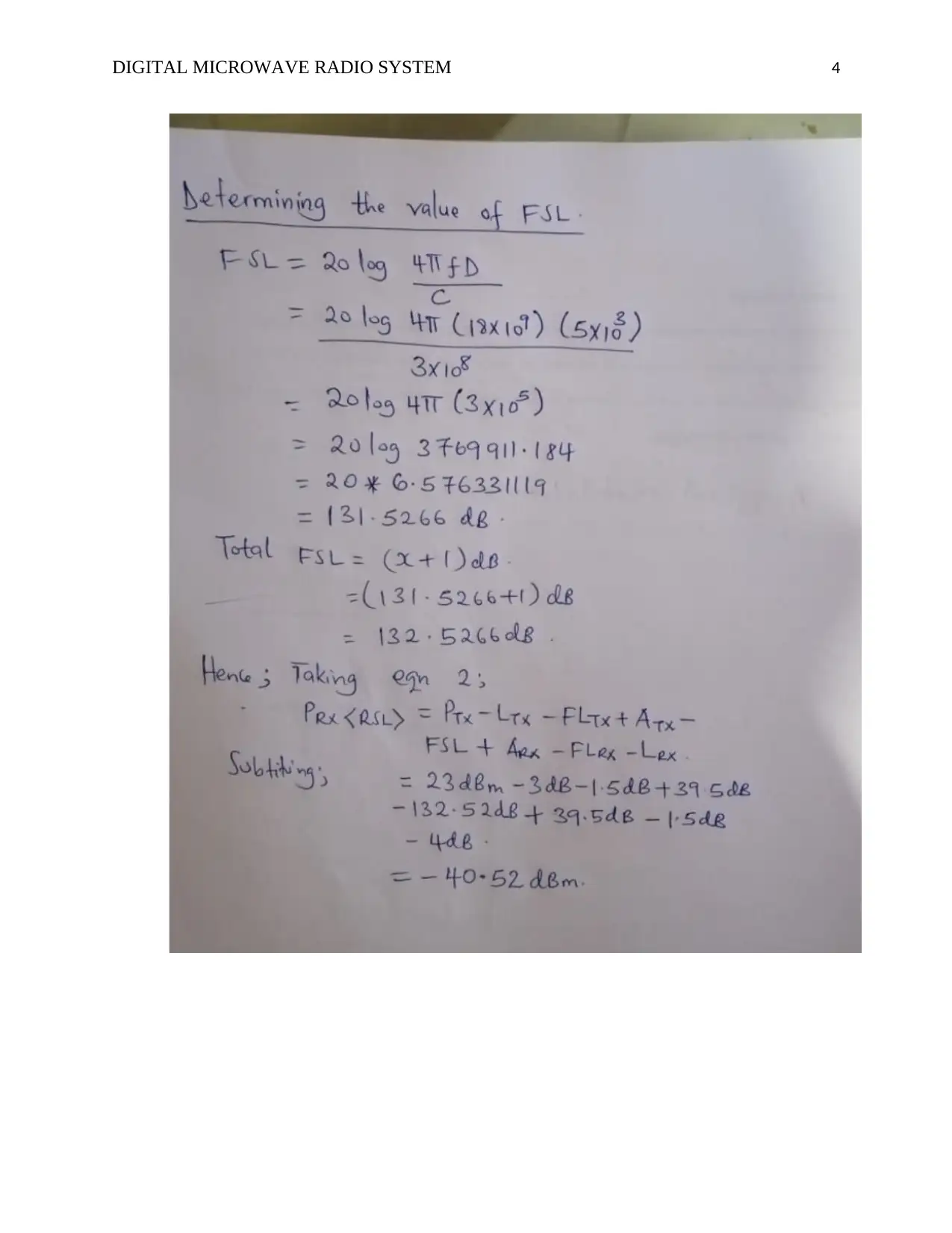
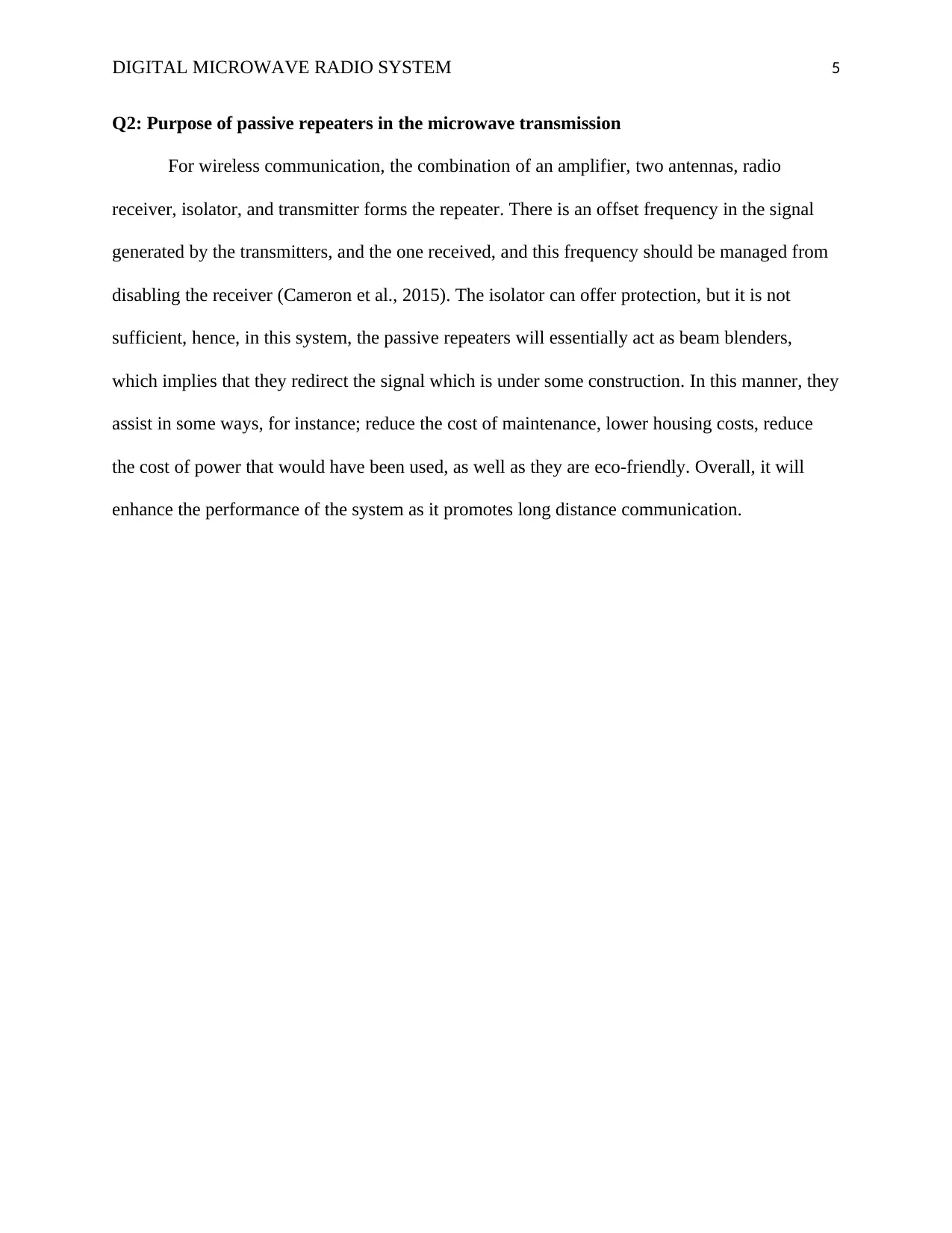






![[object Object]](/_next/static/media/star-bottom.7253800d.svg)